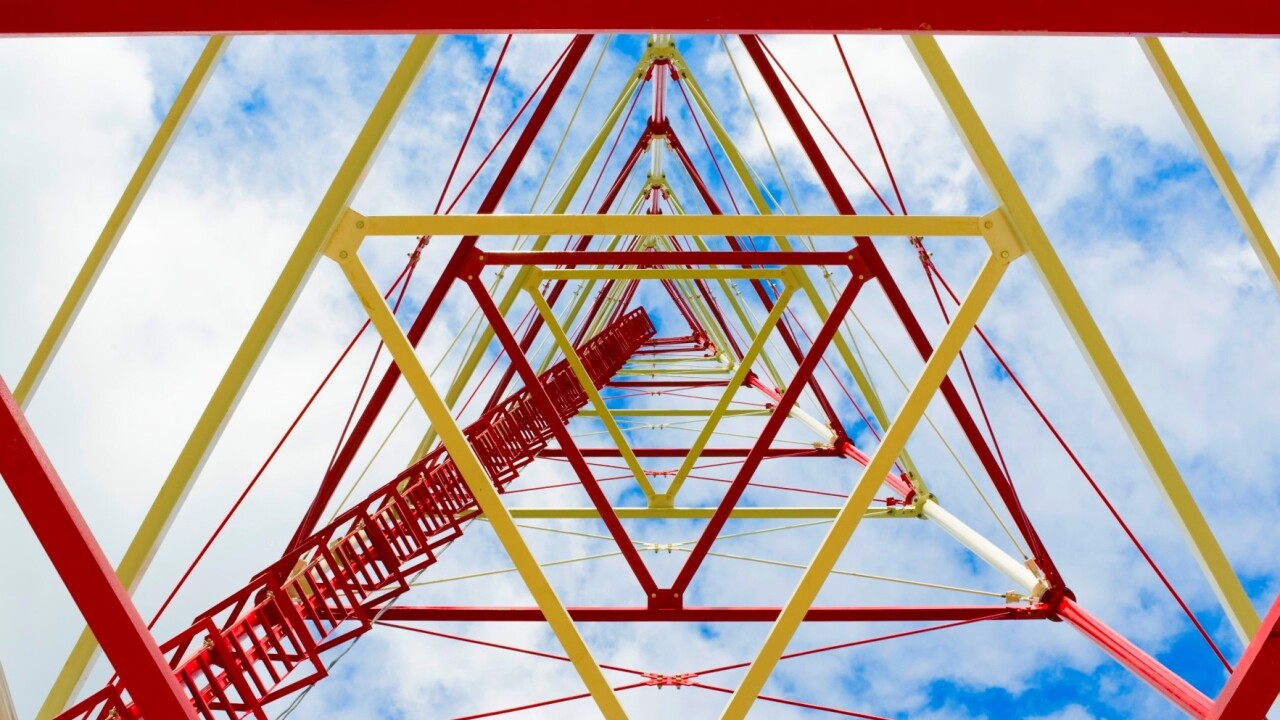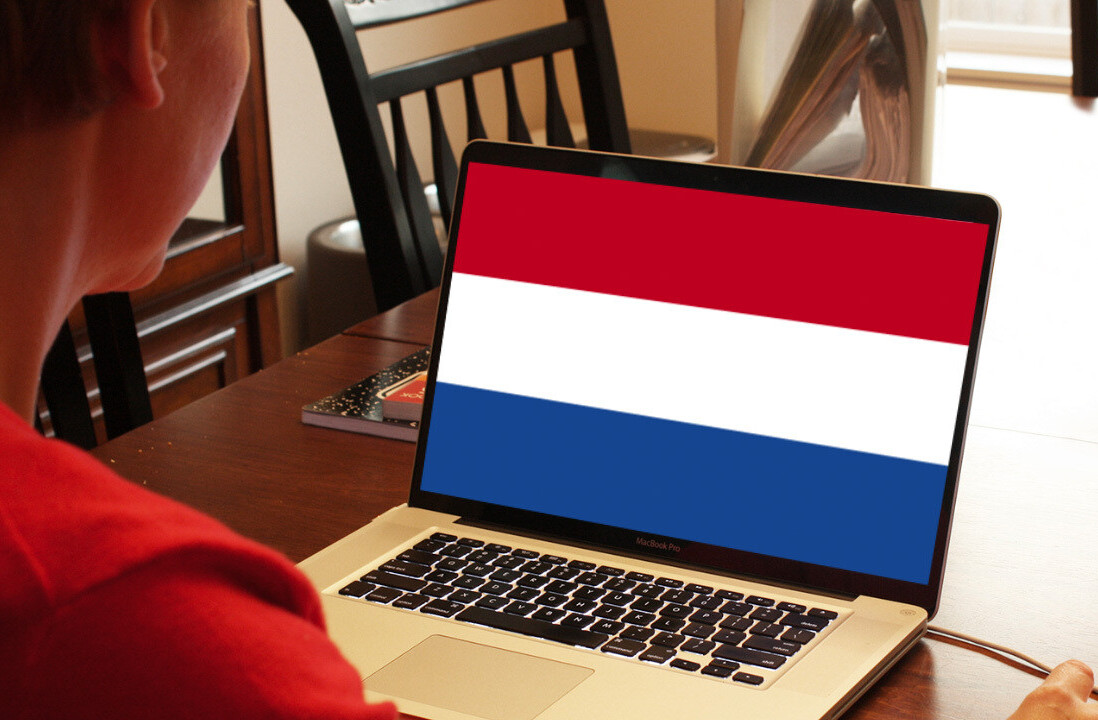
OpenSignal has released a report today looking at the state of LTE coverage and speeds around the world, revealing that, contrary to what you might expect, not all LTE networks perform comparably.
While 4G is a convenient term for consumers to get their heads around, the performance of networks being rolled out in different countries is wildly variable, with some operators actually showing overall declines in 4G download speeds in the last year.
For example, the data (covering the second half of 2013) shows that in the US, 4G download speeds have dropped from an average of 9.6Mbps in the second half of 2012 to 6.5Mbps for 2013 – a decline of more than 30 percent. No particular operator seems to be at fault of dragging the average down either; the report notes that “the USA networks uniformly perform poorly for speed – with Metro PCS recording the slowest speeds of all eligible networks”. The US wasn’t actually the slowest country overall, the Philippines took that spot with an average speed of 5.3Mbps.
It’s not just spectrum allocations that can have an effect on speeds, though. Staggered network rollouts, equipment upgrades – and the resulting additional customers – can all come together contribute to a more congested service. At the top of the country list was Australia, which had improved its average download speed by 42 percent; going from 17.3Mbps to 24.5Mbps.
Got any signal?
However, what use is speed if you haven’t got any coverage? To address this, the report also looked at what level of coverage consumers were getting by measuring the ‘Time on LTE’, and much like with average speeds, it shows a variable picture.
With networks around the globe still rolling out LTE, it’s unsurprising that some of the operators (or even countries) offer lower amounts of coverage than others. For example, it’s less surprising to see South Korea, Hong Kong and Japan in the top four for coverage (Sweden is actually the number 2 spot behind South Korea) as they’ve been rolling out LTE networks for longer.
Overall, the US didn’t fare well on speeds, but it manages to keep connection to LTE services for 67 percent of the time, which somewhat redresses the poor downloads. The UK manages to stay connected to LTE 53 percent of the time – again, this isn’t perhaps that surprising given that UK operators only started rolling out their networks in the second half of 2013, with the exception of EE – and the fasty country by download speed (Australia) does a little less well in coverage, managing only 58 percent.
Usefully, what the report also shows is time on LTE correlated with average speed for each of the operators it looked at. Claro BR in Brazil came out as the fastest single operator overall, with an average download speed of 28.45Mbps, but it’s clearly not finished with its rollout as its time on LTE coverage score was just 42.4 percent. At the other end of the scale is Metro PCS in the US, with average speeds of just 2.43Mbps but coverage of 84.7 percent. UK operators (EE, Vodafone, O2) managed between 47 percent and 55 percent on LTE coverage and average download speeds of between 17Mbps and 19Mbps.
There’s a lot of data in the report and some of it may be contrary to expectations, but overall it shows a picture of networks still in the flux of rollouts and looking for ways to manage large numbers of new users without having a knock-on effect on its existing customers. And from the data, it seems some operators are doing better than others at this.
Don’t miss: Opera lets brands give you free mobile Internet for watching ads
Feature Image Credit – Thinkstock
Get the TNW newsletter
Get the most important tech news in your inbox each week.




